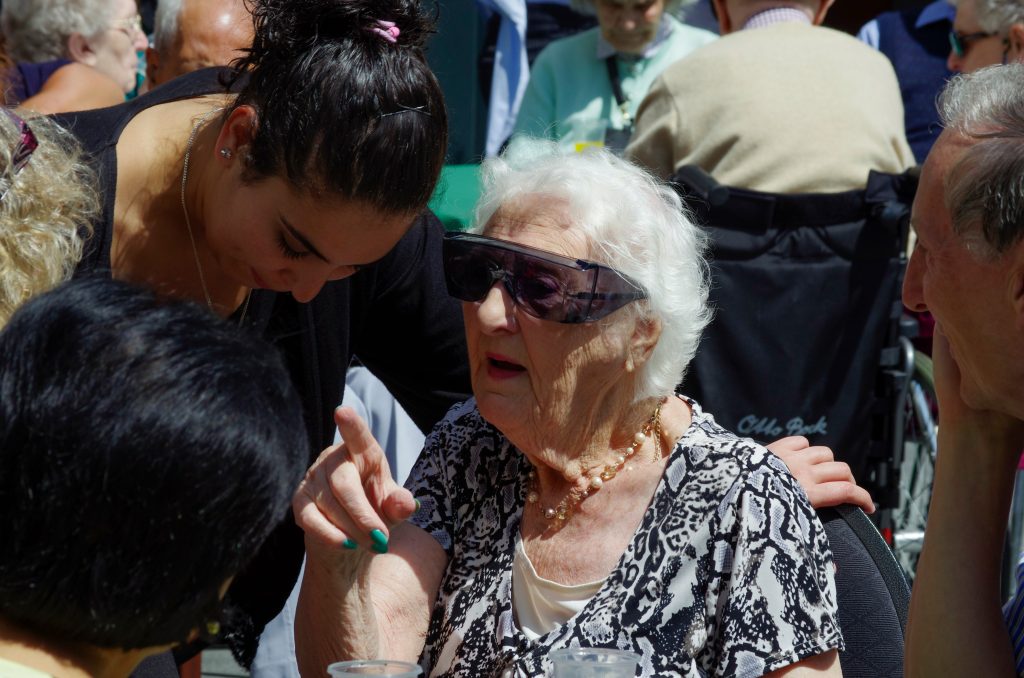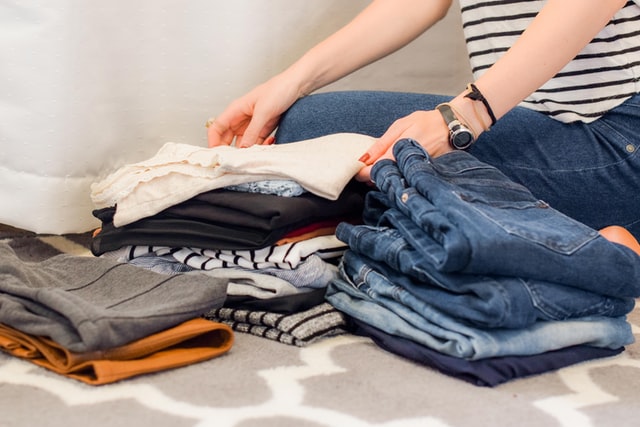Going into a care home can involve plenty of paperwork and preparations. Choosing what to take with you is one challenge, which can be made easier with some prior planning. It is important to ask questions about what residential care has available and what you should bring with you. You should also find out if there is anything you are not allowed to bring.
Most places will have some form of care home packing list to get you started. However, here are a few more suggestions to help make the transition into your new home.
Ask The Right Questions
Asking questions in advance of moving-in day about what to bring can make working out what to pack for a care home much easier. For example, you can find out what bedding and other linens are supplied so that you don’t double up on things like duvets or towels. Knowing how much space you have can help inform your packing list too. Here are some other questions you might like to ask before going into a care home.

Does the care home provide bedding/towels?
What toiletries and other personal care products are supplied?
How regular is the laundry service?
What appliances are already there (TV, radio, computer, kettle, fridge?
Is there a phone point in the room or can people bring mobile phones?
Is it allowed to hang pictures on the walls?
How much storage space is there for clothing and other belongings?
The Power of The List
There are reasons for writing the packaging list.Making a list of what you need before starting to pack reduces stress and time spent on the task. It focuses the mind and means that you are less likely to leave anything out by mistake. Divide your care home packing list into categories to make it easier before going into a care home .

These can include things like bedding and linen, clothing and personal hygiene and grooming. Additionally, think about books and entertainment, technology (phone, TV, DVD player etc.), furniture and decorative items. Always include favourite ornaments, photo albums, hobby kit and similar to help you feel at home.
Clothing Essentials
There will normally be a laundry service, or means of having clothing washed on site. So, there is no need to pack every single item of clothing that you own while going into a care home. Plan for around two weeks’ worth of daily outfits. Don’t forget nightwear and a couple of options for parties or more formal events.

Pack a couple of pairs of sturdy shoes and slippers to help you stay on your feet. If you normally wear jewellery and accessories like scarves or handbags, pack these too while going into a care home . It will help you retain your individual style and can cheer you up to know that you can put these on whenever you feel like it. A coat is also handy for outside trips and colder months. These clothings can be used in differnt events and activities at care home.
Objects Around You
If you choose to take technology with you when going into a care home, check this is allowed. Ask about Wi-Fi connections and access to electric sockets and charging stations. You may need to arrange separate insurance for any more valuable items. If you are able to take furniture, measure it before arranging it’s transfer so you know it can fit through the door and in your room. Try to pick ornaments and decorative items sparingly. Too many can get in your way and create extra work for the care home staff. Don’t forget to take plenty of photographs – these will offer comfort as well as become a useful talking point.
Miscellaneous Extras
It is often the things that are not immediately obvious that can make going into a care home easier to handle. For example, packing hobby kits, such as sewing supplies, gardening gloves, musical instruments or board games. This can help you make friends with similar interests, as well as pass the time doing something you enjoy.

A lap blanket or cosy throw can keep away the chill on a cold day. If you have a favourite cup, mug or glass, bringing them along can also make things feel more familiar. A diary or calendar marked with birthdays, planned visits and other key dates can also be helpful. Some cash in a purse is also useful for any expenses you may incur unexpectedly.
Packing Practicalities
It might seem a laborious task, but naming as many of your personal items as you can is really important. Use as permanent a naming solution as you can. It is worth taking time to sew name tapes into clothes and bed linens rather than writing in them with a pen. Sewn tapes will not fade in the wash. Use an indelible pen to name personal hygiene items, books, ornaments, hearing aids etc. No-one likes to think about things going missing. However, if they do, clear naming will help you get them back. Ask if you need to add your room number alongside your name, as this helps identify where the item belongs while going into a care home .

